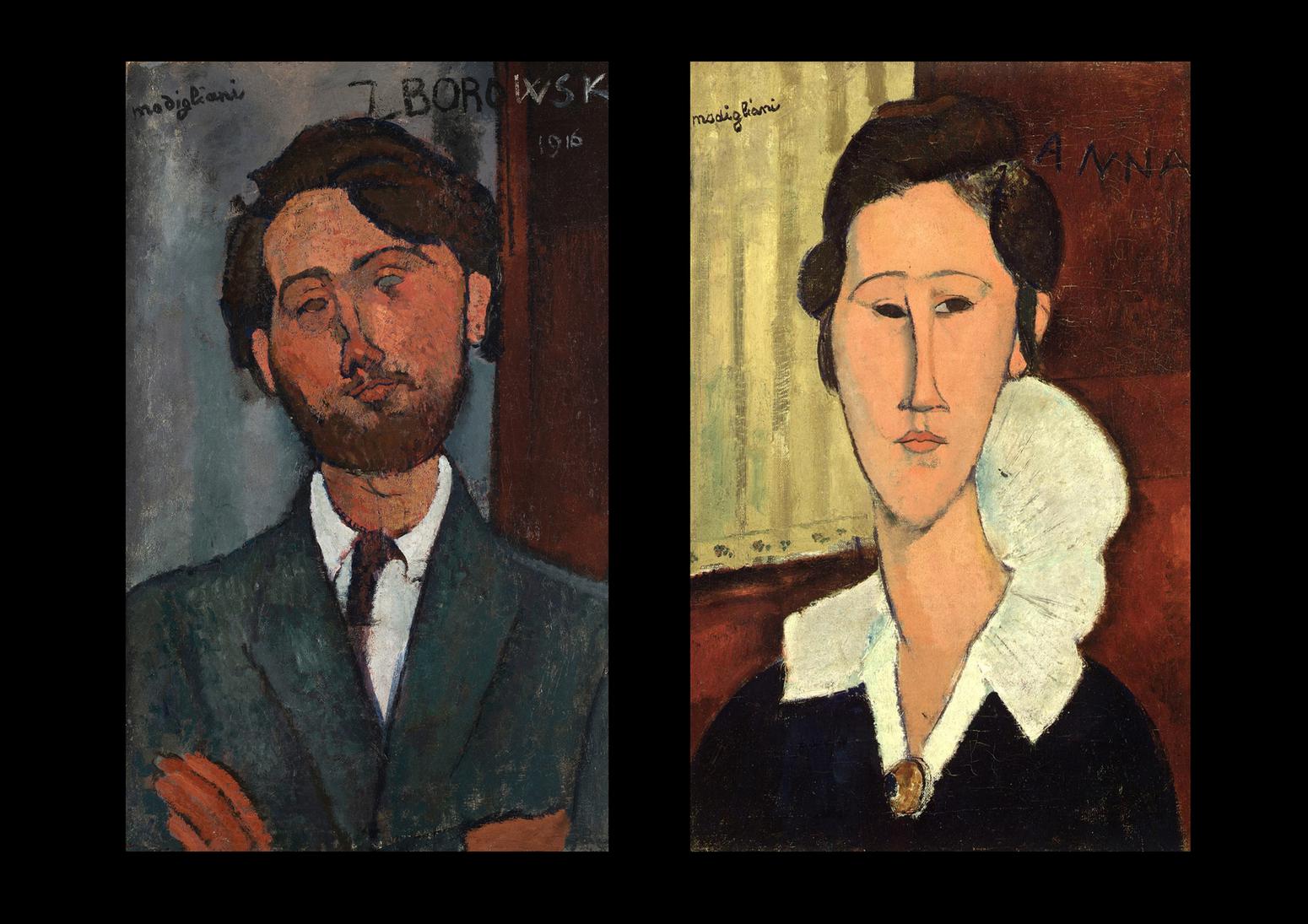
Tel Aviv Museum of Art presents an Special Exhibition - Guest Artist Amadeo Modigliani, among friends
Open from 11/5/21 till 1/9/21
The exhibition is supported by the Italian Cultural Institute, Tel Aviv, and the Italian Embassy in Israel; and is presented courtesy of the National Gallery of Modern and Contemporary Art, Rome, and The Israel Museum, Jerusalem
Amadeo Modigliani arrived in Paris from his native Italy in 1906, at the age of 21. It was a time of sweeping changes in Europe in all areas: Einstein’s discoveries, Freud’s psychoanalysis conferences, innovative technologies such as the cinema, and more. All of these gave rise to new social outlooks. In Paris, the bourgeoisie had sprung up, and the far-reaching urban changes that began about half a century earlier were being completed, transforming the city’s cultural and leisure life. About a quarter of the city’s population were immigrants from across the continent, seeking a new future for themselves, including a group of artists and poets that congregated in the Montmartre district, searching for new modes of expression to fit the modern Zeitgeist. Among these members of the avant-garde, Modigliani’s dominant personality stood out.
When his frail health forced him to abandon his plans to become a sculptor, Modigliani focused on portrait paintings until the end of his short life (he died at the age of 36 from complications of tuberculosis aggravated by alcoholism and drug use). He had a penchant for painting portraits of individuals of the lower-middle-class fringes of society – and his immediate surroundings, which included many immigrants of different nationalities, offered a rich variety of characters as subjects. He used to sell his drawings in cafés or give them away in return for a drink
While Modigliani was well versed in French language and culture, he celebrated the fact that he was different and made a point of introducing himself with the words, “My name is Modigliani, and I am Jewish.” In his artistic path, too, he developed his own unique style, quite distinct from those that prevailed among his avant-garde contemporaries. In his early years in Paris he often visited the Louvre, where he studied – through hundreds of sketches – ancient African, Egyptian, and classical Greek sculptures. Clear traces of these can be seen in the assured curved lines and facial features in Modigliani’s early drawings in the Museum’s collection. These continued to characterize his individual style even as a mature artist, when he painted many portraits of live models
On the centenary of Modigliani’s death, his works are exhibited alongside the works of other artists – Chaïm Soutine, Moïse Kisling, Jules Pascin, and others – who were also active in Montmartre at the time, and shared ideas and influences. These artists, most of them Jewish, came to be known as the Paris School. The renewed encounter between them is aided by the figure of Chana Orloff (1888–1968), an esteemed sculptor also active at that time in Paris. She also played a key role in the founding of the Tel Aviv Museum, introducing Marc Chagall as an advisor to its founder, Meir Dizengoff. Selected fragments from her memories of this period, published in 1949 by Haim Gamzu – then the Museum’s director – are presented to accompany the works. They invite us to return to the Paris of the early twentieth century, to observe the diverse figures that gathered in its streets and cafés, and to become acquainted with the spirit of the avant-garde period that gave rise to one of the greatest painters of the twentieth century
Photo courtesy T A M P.R









